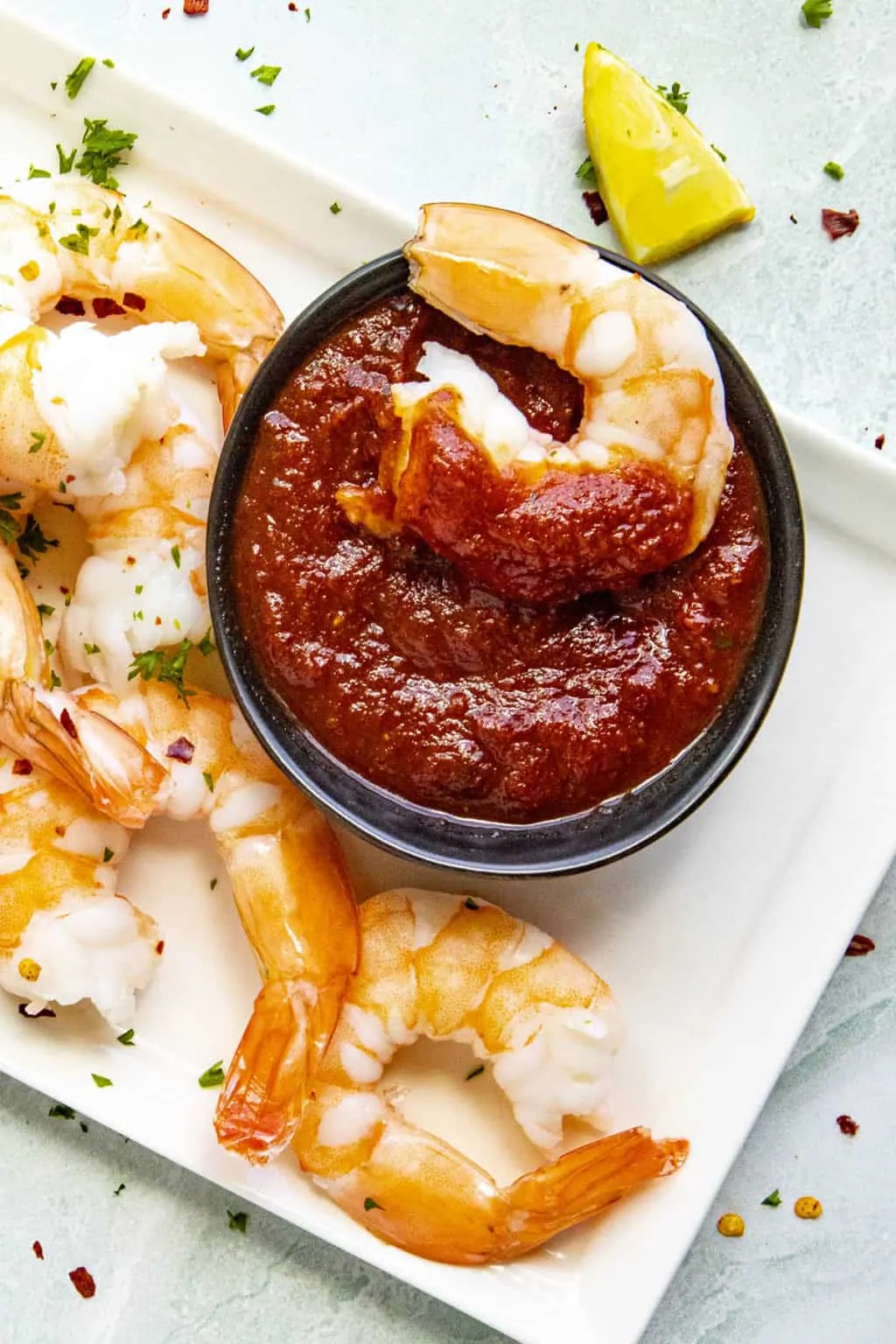- No. 268 Xianghe Street, Economic Development Zone of Xingtai city, Hebei 054001 China
- Byron@hbhongri.cn
Flavorful Chili Powder for Your Culinary Creations and Spicy Dishes
The Versatile World of Spicy Red Pepper Powder
Spicy red pepper powder, often simply referred to as chili powder, is much more than just a kitchen staple; it is a cultural phenomenon that spans across the globe. This vibrant seasoning, made from dried and ground red chili peppers, has a unique ability to enliven dishes with both heat and flavor. Whether used in a traditional Mexican mole, a spicy Indian curry, or a modern fusion dish, spicy red pepper powder has carved out its niche in the culinary world.
The origins of red pepper powder can be traced back to the Americas, with the discovery of chili peppers by European explorers in the 15th century. Once brought back to Europe and subsequently introduced to Asia and Africa, its popularity soared. Today, various forms of red pepper powder can be found in kitchens worldwide, each with its unique characteristics and flavor profiles. From the smoky, rich taste of paprika to the fiery heat of cayenne pepper, there’s a type of red pepper powder that caters to every palate.
One factor that sets spicy red pepper powder apart is the variety of chili peppers used in its production. Each type offers a distinct flavor and varying levels of heat. For instance, the mild ancho chili lends a sweet, smoky flavor to dishes, while the more intense Thai bird's eye chili packs a punch. This versatility makes red pepper powder a favorite among chefs and home cooks alike, allowing them to control the spice level and flavor complexity in their dishes.
Incorporating spicy red pepper powder into cooking can elevate ordinary meals to extraordinary feasts. It can be used in marinades, spice rubs, sauces, and dressings, seamlessly enhancing the overall flavor profile of a dish. A pinch added to a simple vegetable stir-fry can transform it into a mouthwatering, zesty masterpiece. Furthermore, it pairs beautifully with a variety of ingredients, including meats, seafood, and even chocolates in some dessert recipes, inspiring culinary creativity.
spicy red pepper powder

Beyond flavor, spicy red pepper powder offers a wealth of health benefits. Rich in vitamins A, C, and E, it contributes to a stronger immune system, better eyesight, and promotes healthy skin. Capsaicin, the compound responsible for the heat in chili peppers, is known to have anti-inflammatory properties and has been linked to improved metabolism. Some studies suggest that capsaicin may even aid in weight loss, making spicy red pepper powder a beneficial addition to a balanced diet.
Culinary traditions around the world celebrate the use of spicy red pepper powder in various ways. In Mexico, it is an essential ingredient in salsas and sauces, accentuating the vibrant flavors of the cuisine. Indian cuisine often employs red pepper powder, or lal mirch, in curries and rice dishes, providing the warmth that characterizes many regional dishes. Meanwhile, in Asian cuisines, it can be found in the form of gochugaru in Korean cooking, adding both heat and a hint of sweetness to dishes like kimchi.
As global palettes continue to evolve, the demand for spicy red pepper powder has surged, leading to innovative uses in modern gastronomy. Chefs experiment with molecular gastronomy techniques, infusing spicy red pepper powder into oils, foams, and even desserts, embodying the spice's versatility and appealing flavor. The trend of fusion cuisine reflects the infinite possibilities of this spice, with unexpected combinations delighting diners and breaking culinary boundaries.
In conclusion, spicy red pepper powder is an indispensable ingredient that transcends borders, cultures, and kitchen traditions. Its rich history, diverse applications, and health benefits render it a vital component in both everyday cooking and gourmet dishes. As culinary exploration continues to thrive, spicy red pepper powder will undoubtedly maintain its place at the heart of flavor innovation, bringing people together through the shared experience of delicious and spicy food.
-
Turmeric Rhizome Powder: A Golden Treasure from Roots to TableNewsJul.28,2025
-
The Versatile Application Of Crushed Red Hot Peppers: Lighting Up The Red Flames On The Dining TableNewsJul.28,2025
-
The Paprika: A Touch Of Vibrant Red In Color, Flavor, And CultureNewsJul.28,2025
-
Ground Turmeric: A Modern Examination of an Ancient SpiceNewsJul.28,2025
-
Capsicum Liquid Extract: Features, Applications, and ChallengesNewsJul.28,2025
-
Application of Capsicum Liquid Extract in FoodNewsJul.28,2025







